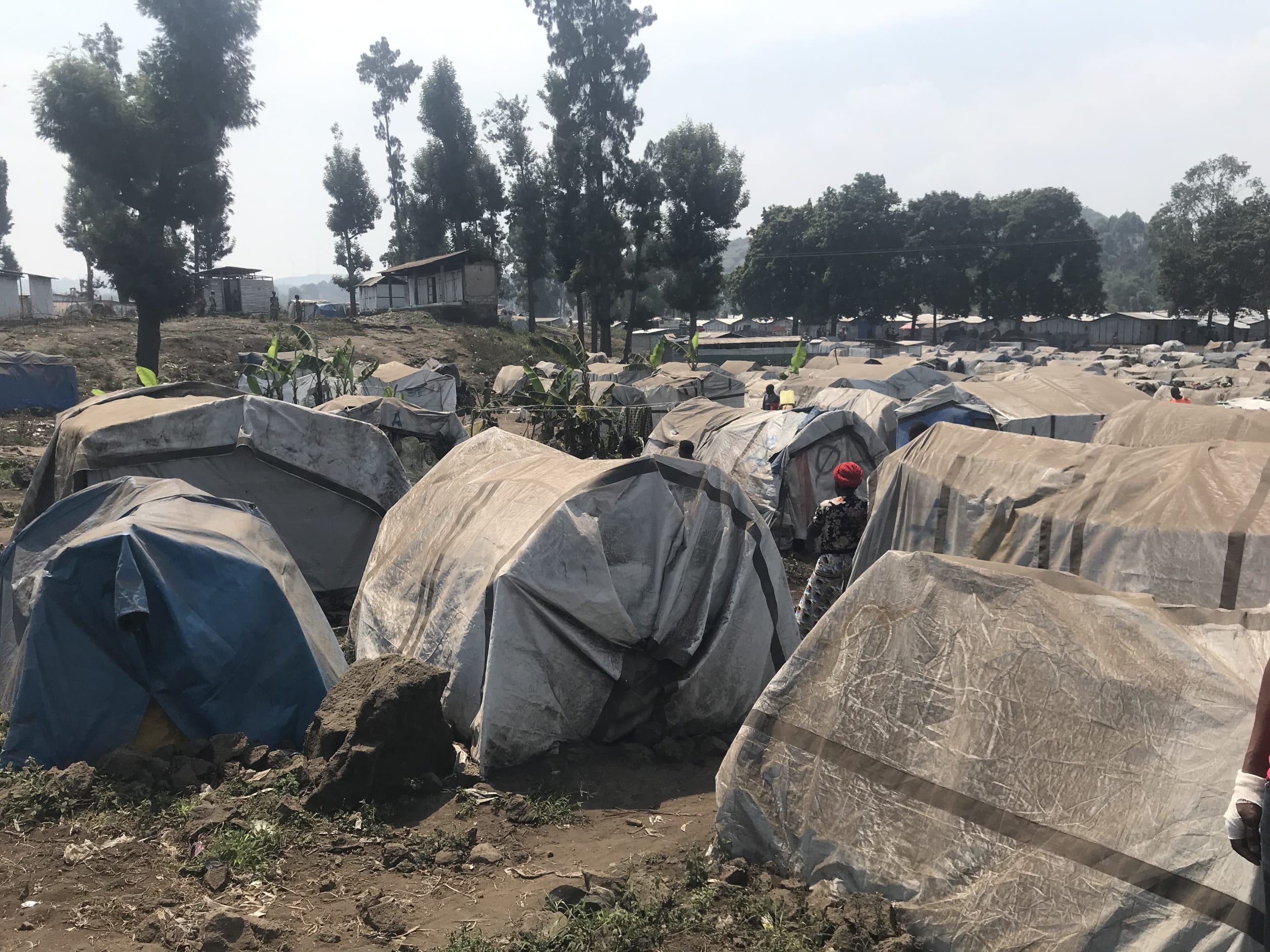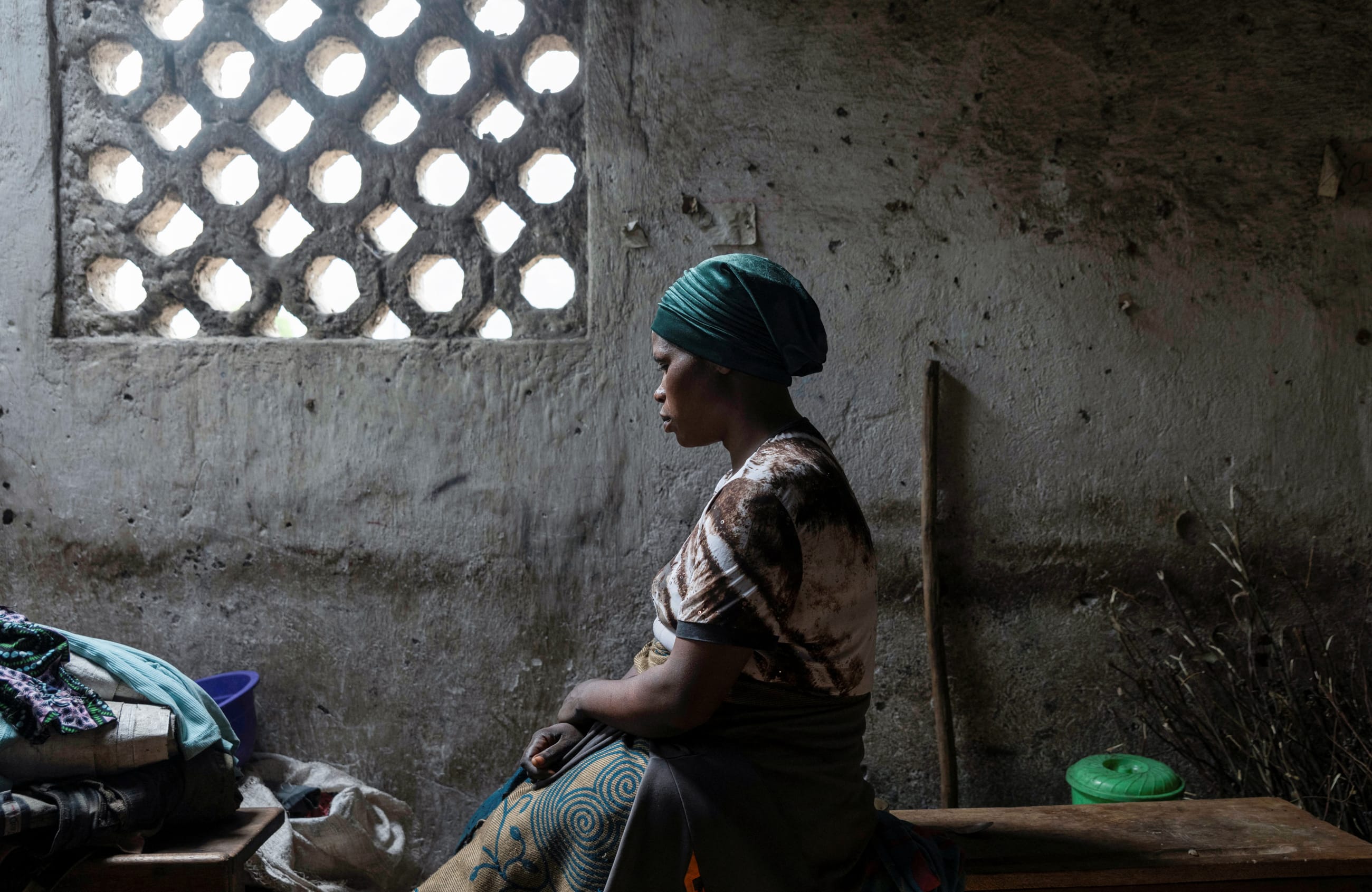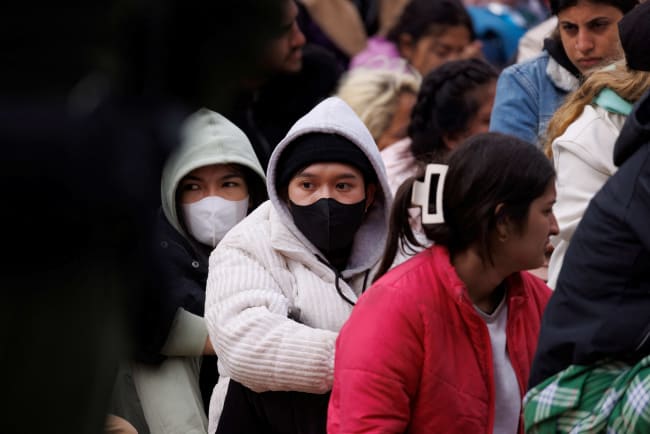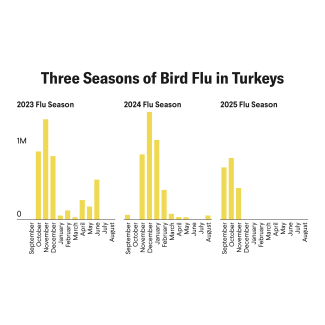In the Global North, immigration dominates primetime debates. From London to Washington, policymakers frame migrants as economic burdens or cultural threats, justifying harsh policies on border crossings and social services.
Yet a quieter, far more consequential crisis is unfolding that is largely overlooked and underfunded: intra-African migration
Most African migration, about 80%, occurs within the continent, but donor priorities, media coverage, and policy research remain disproportionately focused on the smaller fraction who attempt to reach Europe by the Mediterranean route.
In 2024 alone, sub-Saharan Africa recorded 19.3 million new internal displacements, 11.5 million of which were caused by conflict and 7.8 million by disasters. Cumulatively, the total number of displaced people in Africa reached 38.8 million between 2015 and 2024, 46% of the global total. Democratic Republic of Congo (DRC), Ethiopia, Nigeria, Somalia, and Sudan accounted for 68% of this burden.
The unpredictable onset of migration leaves little time for host countries and communities to plan for and accommodate the sudden inflow of migrants.
As a result of the limited capacity of camps managed by the UN Refugee Agency (UNHCR), many displaced Africans live in overcrowded, makeshift settlements, or informal peri-urban slums with limited sanitation, water, and health services. The average duration of displacement now exceeds 10 years for internally displaced persons and 20 years for refugees.
The chronic underfunding of refugee and migrant programs exacerbates the challenge. For example, Sudanese refugees in Chad received just 14% of the resources needed in 2024; in Uganda, the UNHCR estimates the cost of addressing the needs of one refugee at $16 but has only $5 available in 2025. The trend is likely to worsen with the ongoing cuts in foreign aid, particularly by the United States, historically the largest donor.
Displaced populations in Africa are largely invisible in national health information systems
Migrants in several African countries face a new, worrying social discriminatory phenomenon called medical xenophobia, or the denial of essential health care based on citizenship or legal status. In South Africa, for example, the operation dudula, meaning force out in isiZulu, is a social movement using vigilante-type actions targeting foreign nationals, namely undocumented immigrants, blaming them for high crime and unemployment rates and being a burden on social services, including health care.
Children of migrants are particularly vulnerable.The diminished access to immunization services leaves them exposed to vaccine-preventable diseases. From nomadic children in Nigeria and Chad to undocumented migrants in Southern Africa, they consistently have lower immunization coverage, underscoring the need for inclusive cross-border vaccination strategies.
Gaps in Disease Surveillance and Pandemic Blind Spots
Poor living conditions create the perfect environment for the outbreak and spread of infectious disease epidemics.
Displaced populations in Africa are largely invisible in national health information systems. The platforms commonly used, such as DHIS2, rarely capture migrant or refugee status, making it difficult to track disease trends or to plan responses that include this group.
The resurgence of mpox, starting in DRC in 2024, has crossed borders along migration patterns and population movement. The discovery of a new, more virulent strain of the virus (clade Ib) prompted the World Health Organization to declare a public health emergency in August 2024. As COVID-19 proved, outbreaks can travel overseas easily. The United States has reported five clade I mpox cases since November 2024, all linked to travelers from Central and East Africa.
Foundations for Innovation and Resilience in Caring for African Migrant Populations
Three levels of past investments are worth leveraging. First, at the continental level, the Africa Centres for Disease Control and Prevention (Africa CDC) has emerged as a key player since the COVID-19 pandemic, that strongly advocates for local manufacturing of diagnostics, vaccines, and therapeutics. It has created five regional collaborating centers, developed early-warning protocols, and expanded genomic surveillance and data-sharing across borders.
Second, at the regional level, coordination efforts are effective and ongoing. The East African Integrated Disease Surveillance Network, for example, helps member states coordinate outbreak detection and response.
The use of harmonized cross-border disease notification tools and a rapid deployment of mobile clinics have strengthened disease surveillance in high-risk zones. In addition, the Southern Africa Development Community's Cross-Border Health Initiative ensures continuity of HIV and TB treatment for migrants. Hence a patient diagnosed with tuberculosis (TB) in Zimbabwe can now continue treatment seamlessly in South Africa, without restarting.
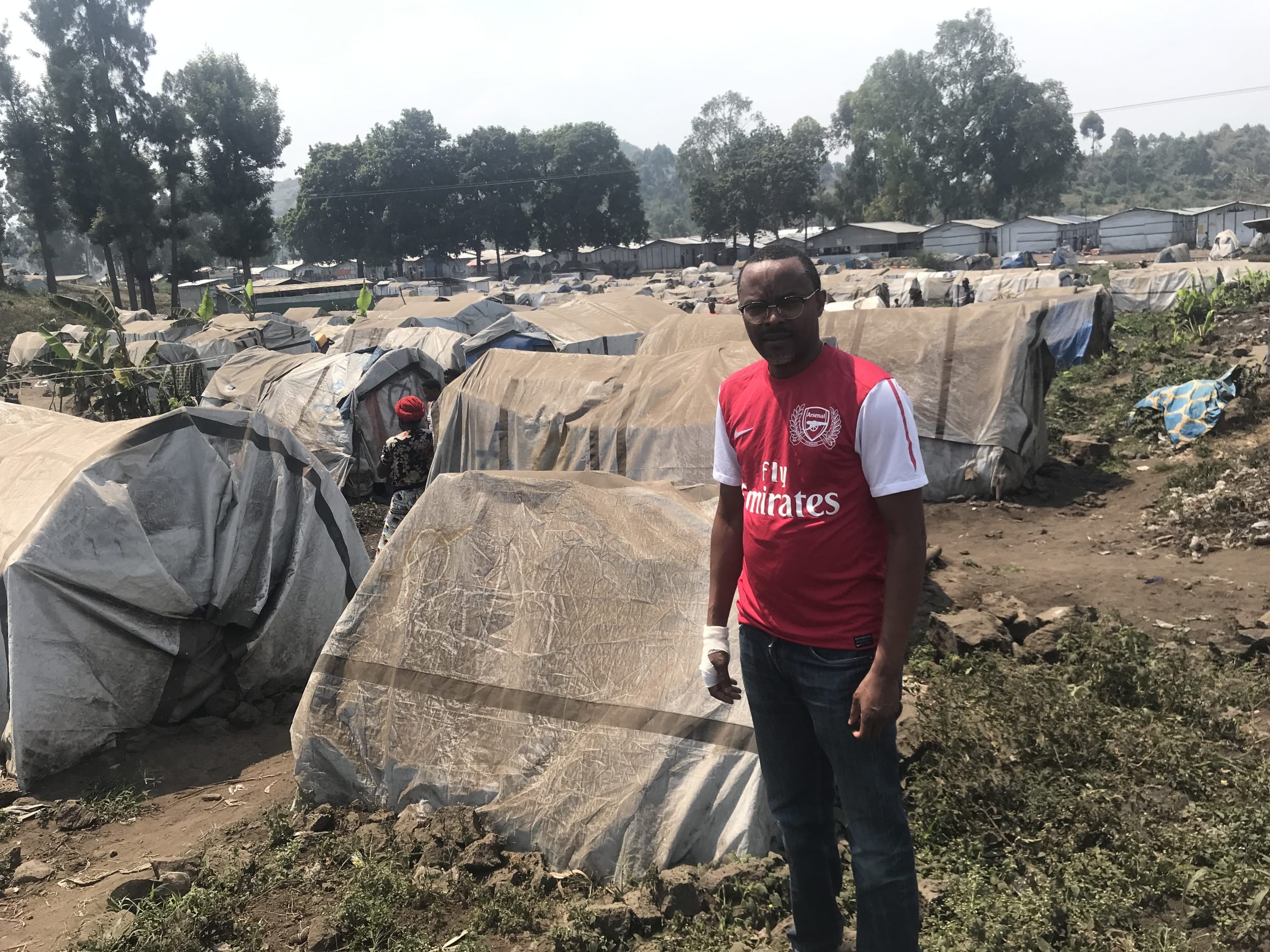
Third, at the national level, inclusive refugee policy such as that applied in Uganda is widely regarded as a best practice. Refugees have the same access to public health services as any Ugandan citizen with support from UN and nongovernmental partners. Such inclusion has improved outcomes for both HIV and TB care and fostered collaboration across sectors.
The Road Ahead: Five Critical Priorities to Fund
To protect public health and prevent future pandemics, African governments and donors should heed the health needs of displaced populations as part of their overall pandemic preparedness plans. Five actions are essential.
First, digitalizing the census tools used to estimate the size of the migrant population and integrating with national databases improves the planning for migrant services, coordination, and efficient resource allocation. Host governments should access this data to adjust population size estimates before each budget cycle. For example, Uganda's biometric refugee registration system has improved health service delivery by allocating vaccines more effectively.
Second is to include data elements identifying migrant status in national health information systems to strengthen disease surveillance and early outbreak detection. This effort starts with the adoption of standardized definitions (e.g., migrant, refugee, and asylum seeker), configuration of the DHIS2 database with tailored data elements (e.g., sex, age, and geographic location), privacy safeguards, and ensuring ethical data collection.
Third is to enforce migrants' health rights as enshrined in the African Union's migration policy for Africa (MPFA) to ensure that funds are allocated specifically for migrant services. The first step toward enforcement is the domestication or translation of the MPFA commitments into national laws such as health acts, public health laws, and insurance statutes.
Fourth is to nip the medical xenophobia phenomenon in the bud, wherever it manifests, by sensitizing and training providers and revising discriminatory policies, specifically including nondiscrimination and service-eligibility language such as "regardless of nationality or status."
Fifth is to invest in outbreak containment at the source, especially in displacement settings where transmission risk is highest.
The underfunded intra-Africa migration crisis is a major humanitarian concern and a potent global health security risk. Ignoring the health needs of displaced populations undermines global infectious disease control efforts and increases the risk of pandemics. Addressing these gaps will save lives, safeguard global stability, and strengthen pandemic preparedness.
